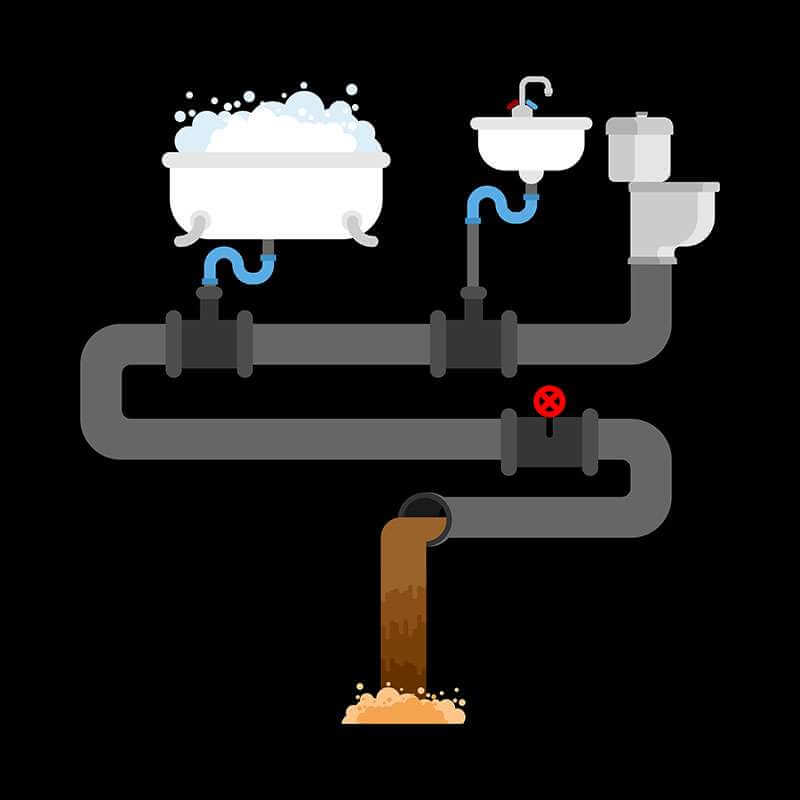Up to 65 percent of the U.S. population resides in apartment buildings, and most of them do not know how commercial plumbing works in such structures. This makes it difficult when issues occur. If you are not familiar with how commercial plumbing works, you may not be able to tell when the problem is simple or an emergency. This article covers the basics of commercial plumbing in apartment buildings.
How plumbing works
All plumbing systems use two different secondary piping systems. One supplies freshwater into the building, and the other takes wastewater off the property. The freshwater system uses pressure to deliver water to different parts of the building. Wastewater systems, on the other hand, do not need pressure since wastewater moves under the influence of gravity downward and out of the building. Drainage pipes are always directed downwards.
Vents are fitted to the wastewater system to allow air in to ensure water flows out smoothly. Traps seal the drainage system to prevent wastes from moving back up after draining out.
Shutoff valves are fitted for the entire plumbing system at different points to allow people to turn off the water supply when conducting repairs. The cold water comes out from the faucets naturally. To get hot water, cold water must be first transferred to the water heater to get it hot.
The basics of apartment plumbing
Apartment buildings can be either multi-story dwellings or multiple dwellings. Multi-story buildings are too tall to depend on pressure from municipal water supply to cater to the entire building. This type of building needs individual systems to handle each unit.
Multiple dwellings also have different units but do not deal with the same water pressure problems. They can use the same plumbing systems used in single-family residences. However, the pipes have more branches to supply water to separate units.
As the water is delivered into a multiple dwelling apartment from the municipal supply, the building has a network of pipes, valves, and faucets to provide water where it is required. Hot and cold water lines deliver water to faucets, bathrooms, and kitchens. Other appliances like dishwashers, disposers, and ice makers may also have water hookups.
The drain-waste-vent system takes wastewater out of the apartment building. Most of the pipes stay covered in the walls, and they are usually neglected until a problem occurs.
Multi-story systems
Multi-story systems, including high-rise apartment buildings, follow a different protocol. Since pressure is usually an issue, some buildings use gravity-based roof tanks. This system pumps water from the storage tanks on a ground flow or basemen to the roof tank and gravity assists water flow to every apartment unit.
Other buildings use multiple booster pumps that augment the pressure required to move water from the storage tanks or directly from the municipal water supply. Another option is hydro-pneumatic storage tanks, which use air pressure to deliver water to the units. For drainage, large apartment units usually use different drainage systems, including vertical stacks, branch lines, and horizontal underground lines.
Final note
Understanding how commercial plumbing works in apartment buildings will help you assess any plumbing problem you have. However, you still need the expertise of a trained plumber to correct the problem.
Get more information here: https://www.bevillstexas.com or call Bevills Plumbing, Heating & Air Conditioning at (325) 225-4115

